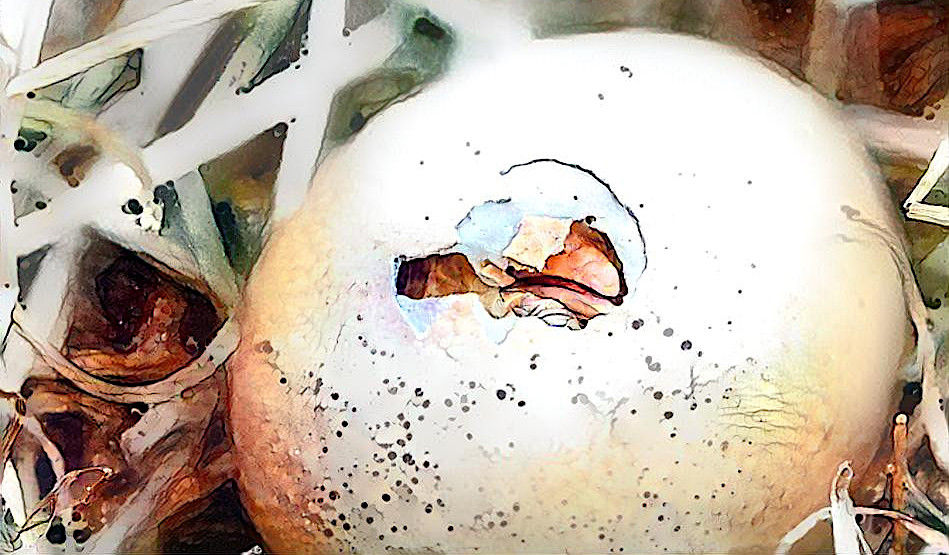Three Stages of Trauma Healing
- Shelley Klammer

- Jun 11, 2021
- 3 min read
Updated: Jun 3
“The most beautiful people we have known are those who have known defeat, known suffering, known struggle, known loss, and have found their way out of the depths. These persons have an appreciation, a sensitivity, and an understanding of life that fills them with compassion, gentleness, and a deep loving concern. Beautiful people do not just happen.”
~ Elisabeth Kübler-Ross

If you have experienced "small t" or "Big T" trauma in your life, it is helpful to know that there is a prioritized order to your emotional healing process. These three stages are elucidated by psychiatrist Judith Herman’s three stages of recovery, as outlined in her book "Trauma and Recovery."
Stage 1: Safety and Stabilization
The first stage of therapy does not involve processing your painful experiences. First, it is important to discuss a ‘road map’ for your healing process so you have a good sense of the inner work ahead of you.
Before safely processing painful emotions, you must build up your strength of presence and ability to stay reasonably regulated in your nervous system. Stage-one goals aim to cultivate feelings of calm and safety and practice regular self-care to regulate your nervous system at will.
Healing Tasks - Stage 1:
~ Befriend and become intimate with your nervous system by learning to reasonably regulate your emotions by calming excessive fear, anger and overwhelm. Listen to Befriending Your Nervous System HERE.
~ Establish safety and stability in your body, relationships, and life. Enjoy fun, kind, and safe social activities.
~ Set safe and healthy boundaries with the unhealthy people in your life, including going "no contact" with people who are regularly mistreating you so that you can feel safe enough to heal.
~ Maintain a regular meditation practice and initiate daily self-care routines that help you feel safe, stable and calm.
~ Recognize and develop your inner strengths and access available support and resources for your healing journey ahead.
~ Learn biological nervous system "hacks" to feel confident that you can change fight/flight, freeze and fawn states. Read 12 Ways to Create Ventral Vagal Calm HERE.
~ Develop a powerful witnessing presence to help the younger, hurting aspects of yourself in Stage 2.
Stage 2: Remembrance and Mourning
You can move on to Stage 2 after befriending your nervous system and developing a strong sense of personal safety and stability. Stage two of trauma recovery works to access, address and relate to painful memories in a more empowered way.
Healing Tasks - Stage 2:
~ Connect to and "reassociate" with painful memories as they come up with love, presence and compassion.
~ Acknowledge the detrimental impact that painful incidents have had on your life.
~ Mourn and release the losses associated with past trauma.
~ Access and amplify the power you have now to heal the helplessness you felt in the past.
Stage 3: Reconnection and Integration
The third stage of trauma recovery focuses on the reinvention of yourself as a healed and whole person and the envisioning of a bright, hopeful future.
Healing Tasks - Stage 3:
~ Feel integrated, whole and inclusive of all parts of yourself.
~ Live more of your life in the present moment.
~ Experience that past trauma no longer has such power over you.
~ Venture beyond your personal world to connect with others and engage in meaningful activities.
~ Notice how the profound level of strength that you have cultivated in your healing journey enables you to become a powerful force for good.
With love,
Shelley



